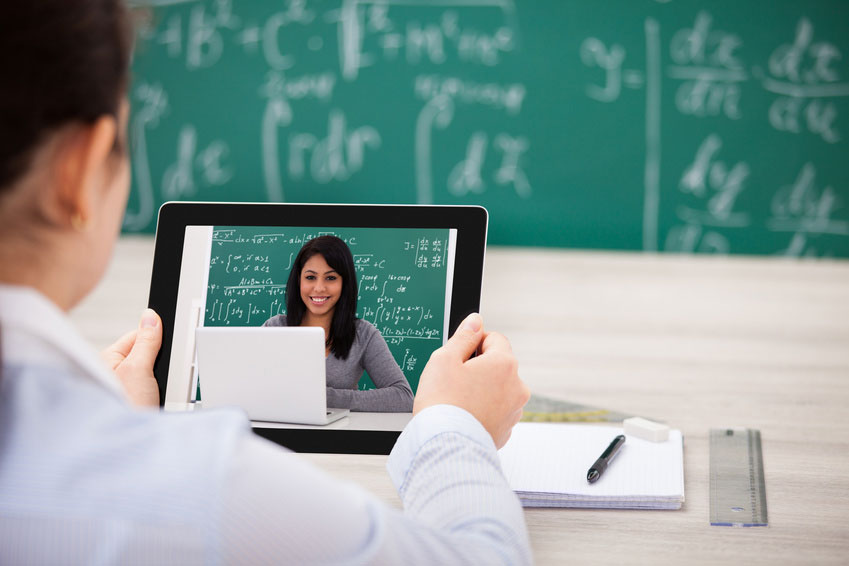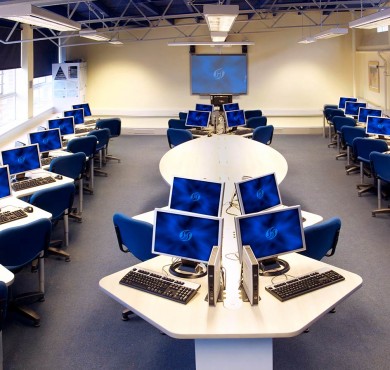What is a “Flipped Classroom”?
Those taking part in a flipped class will have the opportunity to discuss the content of the videos that they watched outside of school hours and apply the knowledge they have acquired through practical exercises in the classroom. Teachers are on hand to coach, advise and encourage the students in their learning endeavours. The idea behind the concept is that teachers are there to facilitate and empower the students, rather than simply lecturing to them. In turn, students attend the lessons and get stuck in with what they are doing, rather than having to sit through a period of instruction first.
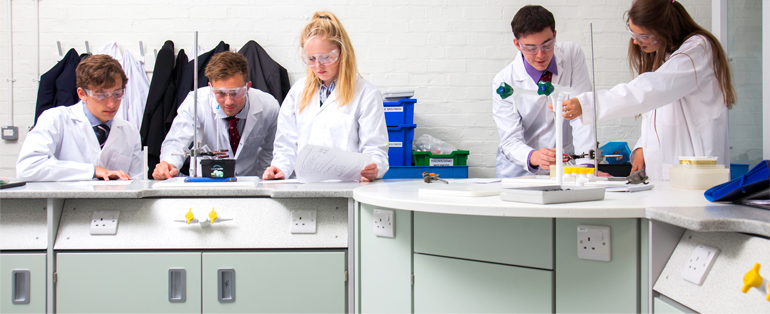
The “flipped” format
Flipped classrooms take many different formats and the term is used to describe practically any model where the student watches pre-recorded lectures in advance of the lesson. Typically, students will watch a number of videos of between five and seven minutes in length and at the end will complete a test to ensure they have fully understood the key concepts. The student receives instant feedback on their progress from the test and can replay the video if they need to.
In the classroom, work on the key concepts continues, and students will complete practical activities, either individually, in pairs or groups, to reinforce what they have learned. Teachers will provide the format for the session and will be on hand for any clarification, monitoring the students’ progress as they work. Where students are struggling to grasp a particular topic, the teacher has the flexibility to suggest activities for the lesson that may help them overcome their difficulties.
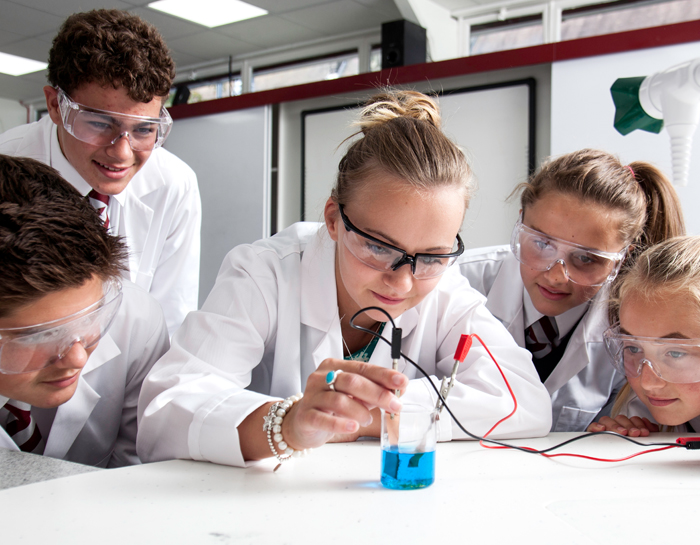
A growth in popularity
“Flipped” classrooms are increasing in popularity, particularly in the US where the US Department of Education is currently engaged in a $3m trial to assess how effective the model can be. The growing interest has attracted the attention of a number of UK schools which include Sudbury Primary in Suffolk. There, head of IT Mohammed Telbany has been experimenting with the model and has expanded the concept to a number of other subjects. He told the BBC:
“The teachers facilitate, rather than standing in front of the children telling them what to do, and the children just come in and get on with what they are doing. It has surprised the teachers that the kids can excel on their own, with minimal teaching intervention.”
In the US, Penn State University has used the concept to run an accounting class that accommodates some 1,300 students. During lessons, students take part in discussion or practical problem solving, or listen to guest speakers. Harvard University has also embraced the concept, and one particular physics instructor has even developed their own website, Learning Catalytics, providing other teachers with interactive software that helps the students to discuss and apply what they are learning and get feedback when they need it.
However, because the flipped classroom model is such a radical change in teaching style, some organisations are using just elements from the model, or implementing it for small aspects of a particular course.
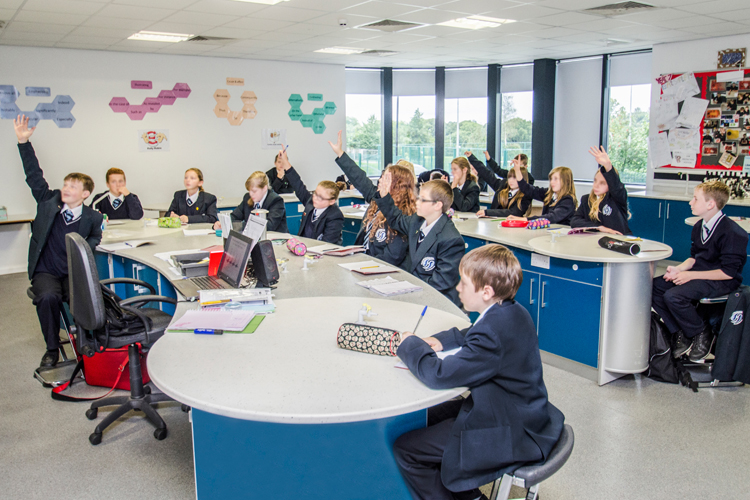
Q: Does the “flipped classroom” work?
In an ordinary classroom environment, students will listen to their teacher’s instruction with no option for pausing or reviewing the parts they don’t understand. This isn’t ideal, especially as all students learn at a different pace and each student will have difficulty with different aspects of the material. The traditional model makes it difficult to reflect on what is being said, and reflection is, of course, one of the key aspects of effective learning.
By contrast, the flipped model of learning places an emphasis on mastering the material, rather than simply covering it. The student watches the video in their own time and can learn at a pace that suits them, free of the distractions of the classroom. They are able to pause, rewind and even stop the recording as they choose, and delve further into the subject should anything prove too difficult to grasp. Students with special needs such as hearing difficulties are also better catered for.
Classroom time is then spent on applying the concepts that have been learned through enjoyable activities, and this arguably allows the teacher to deliver more individualised teaching and more value overall than they would if they were simply lecturing the students. The collaborative nature of many practical lessons is also preferable to the lecture / listener model of learning as it allows students to learn from each other and provides extra support to those who are struggling with particular areas. The flipped model puts more responsibility on the student to be an active learner and to contribute to the learning experience of their classmates.
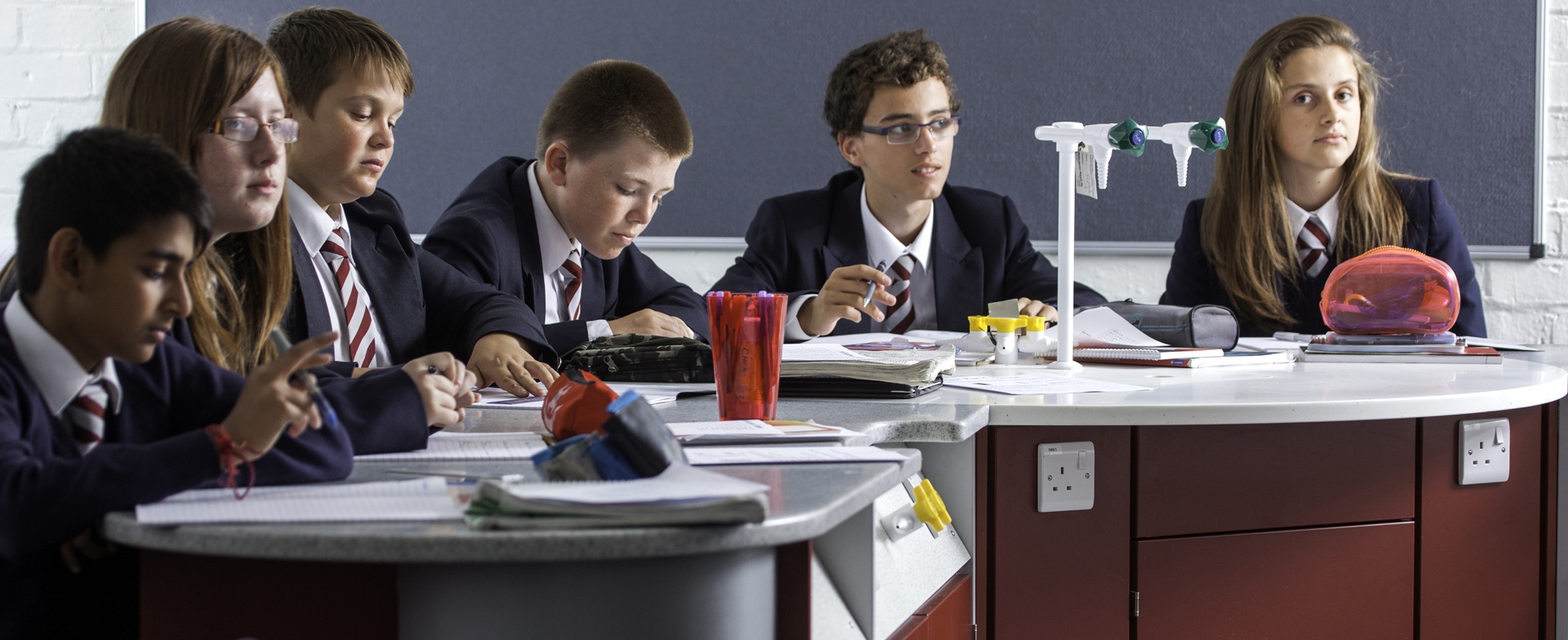
Q: Are there downsides to the “flipped” model?
There are no obvious downsides to the flipped classroom but like any teaching method, it is possible and indeed easy to get the flipped classroom approach wrong. Lectures must be recorded in advance of the lesson or carefully selected from the materials available online. The elements of the lesson used out of the classroom need integrating with those used in the classroom for the model to work.
Both teachers and students may find the transition from face-to-face lectures to a flipped model unsettling. Some students have been unhappy with the fact that the online video lectures are freely available to anybody and could therefore have been discovered by simply performing a Google search. This is understandable where the student is paying thousands for their course and has not yet fully grasped the value of the practical sessions that follow the video portion of the lesson.
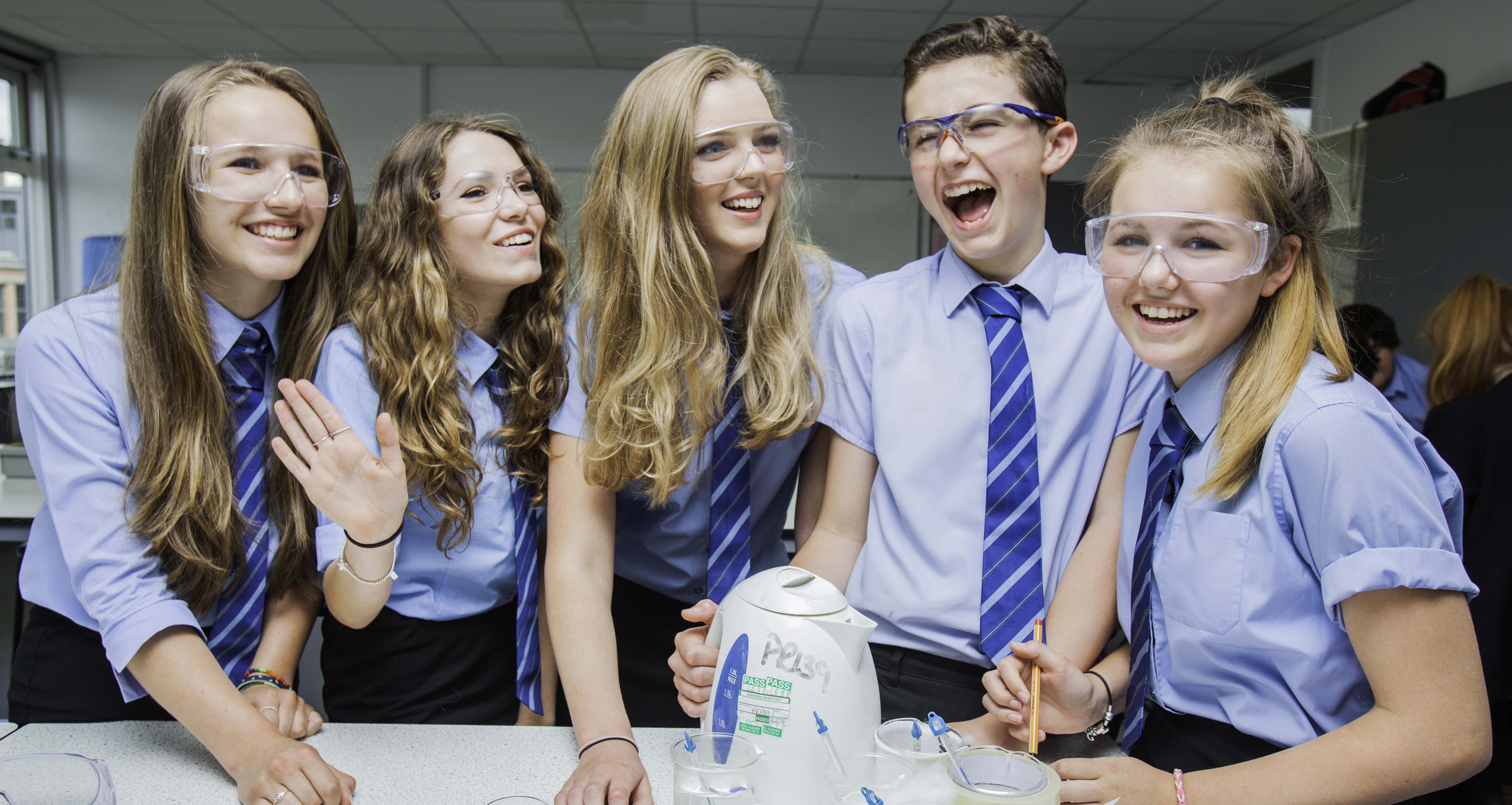
The future
With the growing number of success stories circulating, it is probable that flipped classes will continue to see a growth in popularity and more tools and resources will emerge to support delivery of lessons this way. Better equipment and internet access will also improve the overall quality of the experience. Over time the flipped model will become more of a norm with more institutions introducing elements of the method to their courses and it is likely students will increasingly see the benefit of tackling the lecture aspects of their course on a device and at a time that best suits them.
Contact
If you enjoyed this article, take a look at our thoughts on how to incorporate technology in the classroom.

